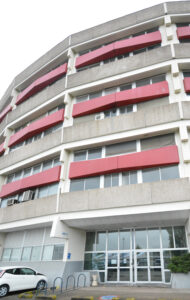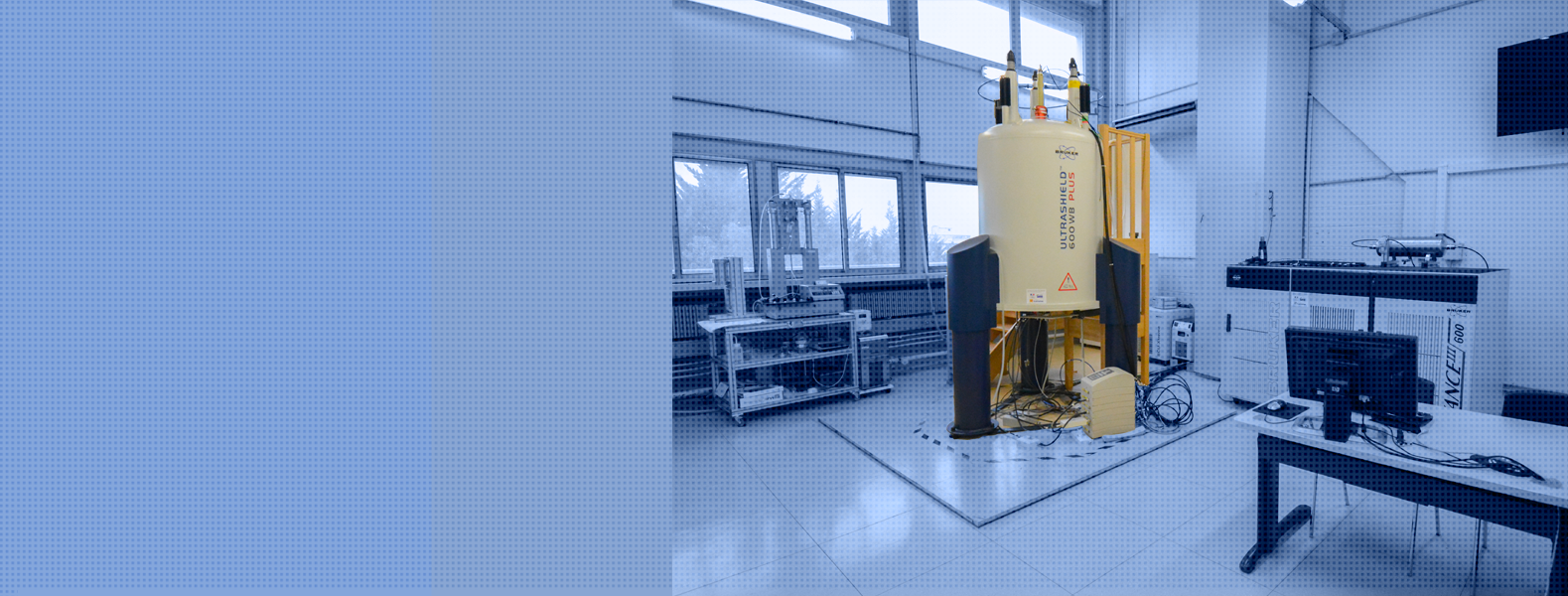
Spectroscopy and imaging by nuclear magnetic resonance
Application of NMR-MRI methods in engineering sciences
A set of NMR and MRI equipment is dedicated to the study of complex fluids, transfer phenomena and flow in porous media.
Specificities
- Density imaging | 2D & 3D
- MRI velocimetry | 2D & 3D
- MRI thermometry | 2D & 3D
- Diffusion and dispersion measurements
- Flow in porous media
- Rheology of complex fluids
- Development of radio-frequency coils
Application sectors
- energy and energy efficiency (hydrogen, heat storage)
- oil industry, power generation
Keywords
- Velocimetry
- Thermometry
- Transfers
- Dispersion
- Complex fluids
- Radio-frequency coils
Design of devices adapted to NMR/MRI measurements in engineering sciences
- Fluid circulation loop, allowing the flow of fluids through the MRI spectrometer
- Applications of controlled constraints on the sample : compression cells, control of the humidity and temperature environmental conditions, rheological devices
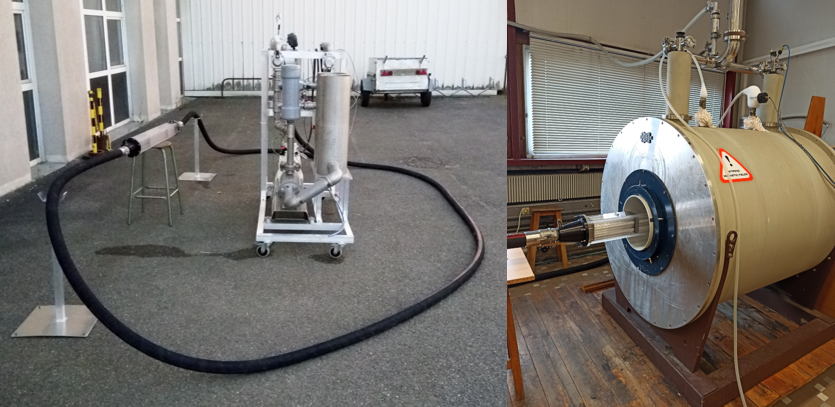
Design of radio frequency antennas
- Electromagnetic simulations, dimensioning
- Designs adapted to the size and geometry of the application: surface coils, volume coils and micro-coils
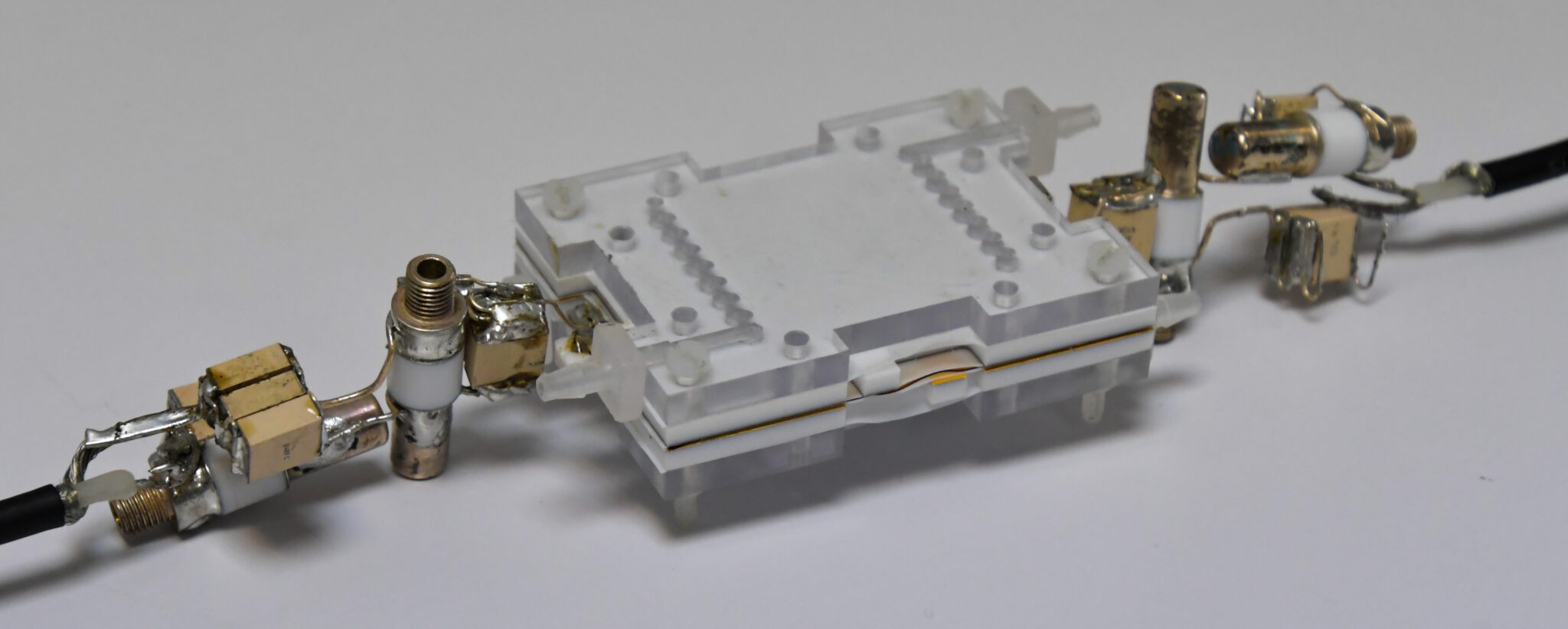
Velocimetry measurements and transport properties (porous media and complex fluids)
- Density, velocity and temperature maps
- Diffusion and dispersion coefficients
- Porosity and pore size distributions
- Rheological parameters of complex fluids
- Vertical imager at 600 MHz (14 T, Bruker Avance III), wide bore (38 mm max.), accessories: diffusion probe (Diff30), micro-imaging probe (MICWB40), rheological device (taylor-Couette and cone-plan device)
- Horizontal imager at 100 MHz (2.4 T, Bruker Biospec), bore diameter 200 mm, accessories: fluid loops, field gradient insert (1 T/m, diameter 6 cm)
- Low field spectrometer at 20 MHz (0.47 T, Bruker Minispec), equipped with a 1 axis field gradient system (400 G/cm)
See the detailed features of our equipment here.
The two spectrometers are part of NMR platform of Institut Jean Barriol.
Study of natural convection in phase-change materials
- Design of a Rayleigh Bénard type cell
- Velocity mapping in the liquid phase with an accuracy of up to 10-5 m/s
- Tracking of the liquid/solid interface over time and in the whole volume: 3D images

Development of NMR hardware and methods for characterizing flows and transfers in milli-channels
- Increase the sensitivity by developing adapted RF coils. Optimize the size with simulations in COMSOL Multiphysics
- Optimizing sequences and image processing
- Application of these methods to different study cases: mixing phenomenon, bacteria
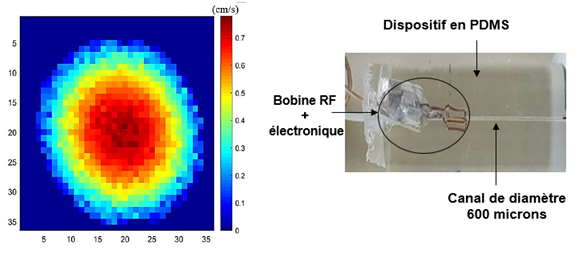
Flow redistribution in a nuclear fuel bundle for the simulation of a loss of coolant accident
- MRI Velocimetry with high velocities (>3 m/s)
- Real damaged fuel rods geometry at 1:1 scale
- Observation of low-velocities and/or flow recirculation
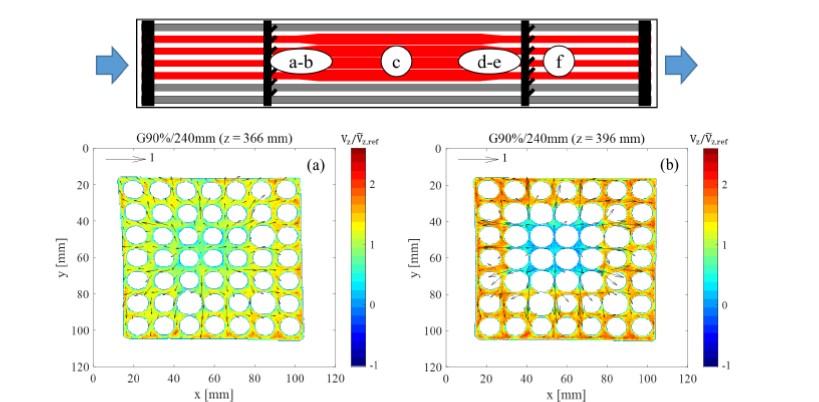
Jean-Christophe Perrin
jean-christophe.perrin@univ-lorraine.fr
+33 (0)3 72 74 42 35
Site 1
LEMTA
2 avenue de la Forêt de Haye
BP 90161
54505 VANDOEUVRE CEDEX
Site 2
Faculté des sciences
Campus boulevard des aiguillettes |BP 70239
54506 VANDOEUVRE CEDEX
4A entrance | level 2
Plan and photo on the right
